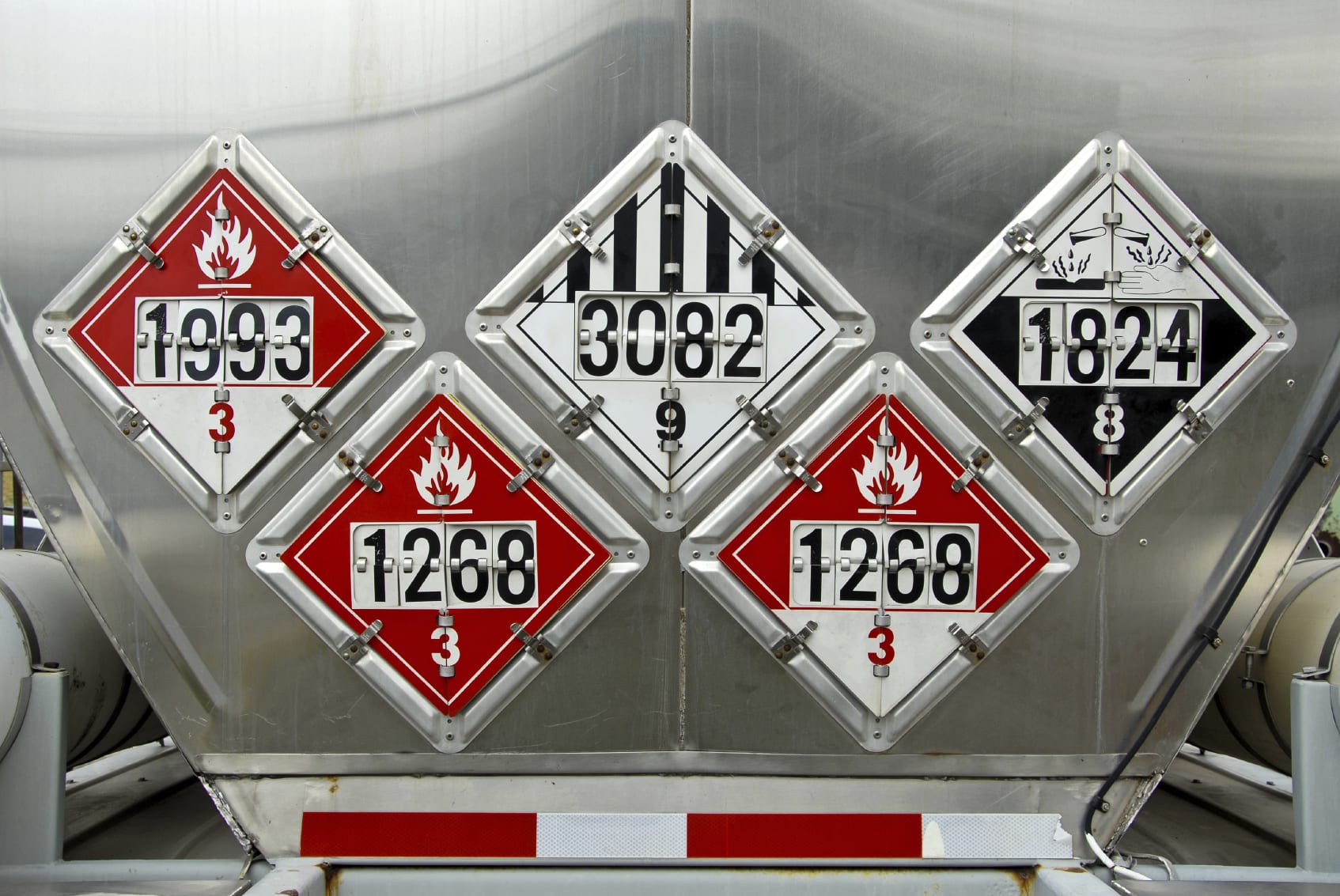Whether it’s gasoline, lighter fluid, crude oil, or any other liquid substance that can sustain a flame after being ignited, the general consensus is to refer to such liquids as being “flammable.”
The fact of the matter is that not all liquids that ignite are considered “flammable.”
The ignitability of liquids is broken into two general categories: “Flammable Liquids” and “Combustible Liquids.” The basis for these categories is a liquid’s flash point and boiling point.
The flash point is simply the temperature at which there is enough vapor directly above a liquid to create a flame, if a spark is introduced.
“Flammable liquids” are any liquids that have a flash point below 100 degrees Fahrenheit. Combustible liquids are any liquids that have a flash point above 100 degrees Fahrenheit.
NFPA 30 (Flammable and Combustible Liquids Code) and the IFC Chapter 57 (Flammable and Combustible Liquids) are known as the two major codes for determining how flammable and combustible liquids are stored, processed, handled, and dispensed. Zari Consulting Group utilizes both of these codes to determine adequate protocols, procedures, and storage requirements when dealing flammable and combustible liquids.
Because ambient temperatures for the vast majority of the United States are typically below 100 degrees Fahrenheit year round, combustible liquids are considered a far less fire hazard than flammable liquids.
It should be noted that liquid ignitability is only one of the two major aspects to flammable or combustible liquid’s inherent fire hazard. The other factor that contributes to a flammable or combustible liquid’s hazard is its Heat Release Rate (HRR) or the amount of heat given off while it’s burning. As an example, both lighter fluid and gasoline are considered flammable liquids. However, gasoline burns much, much hotter than lighter fluid, making it a greater fire hazard.
Zari Consulting Group regularly provides building code and fire code consulting of flammable and combustible liquids, in addition to analyses of other hazardous materials.

